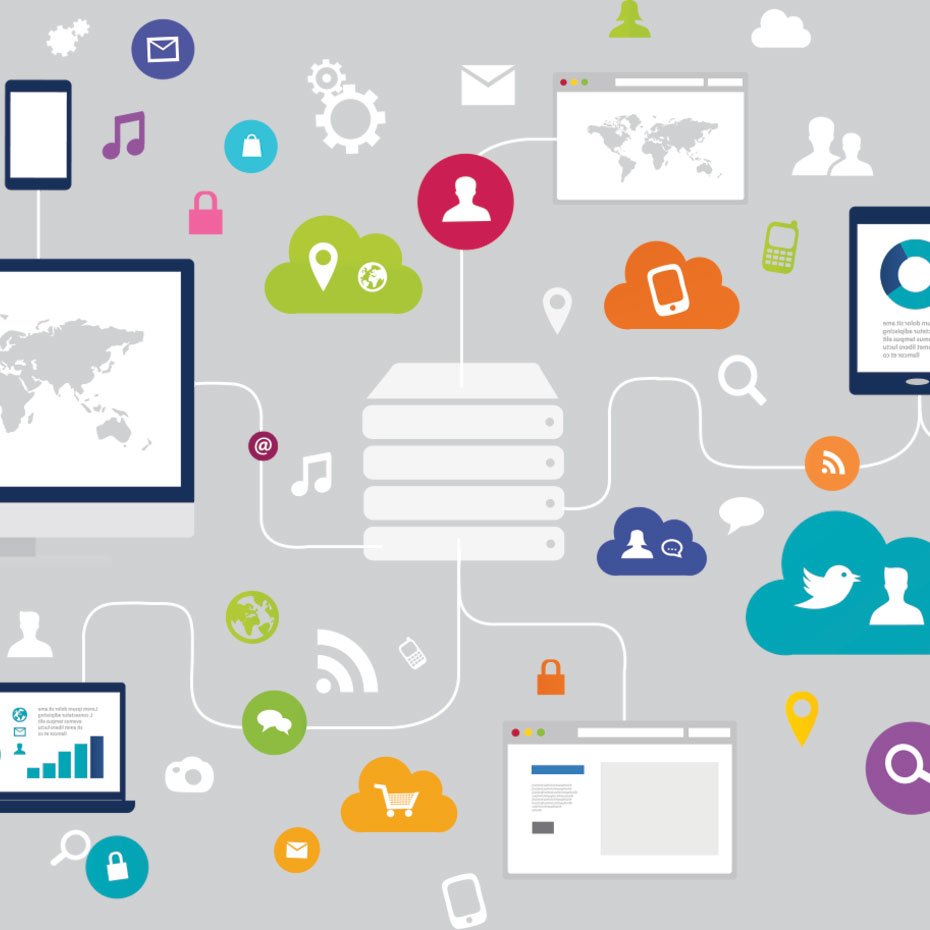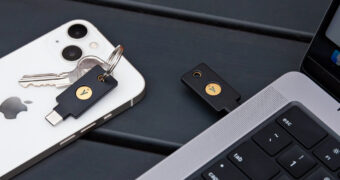Whether you’re just starting an ecommerce business or considering a rebrand, one of the most…
How to Make the Most Out of Email GIFs
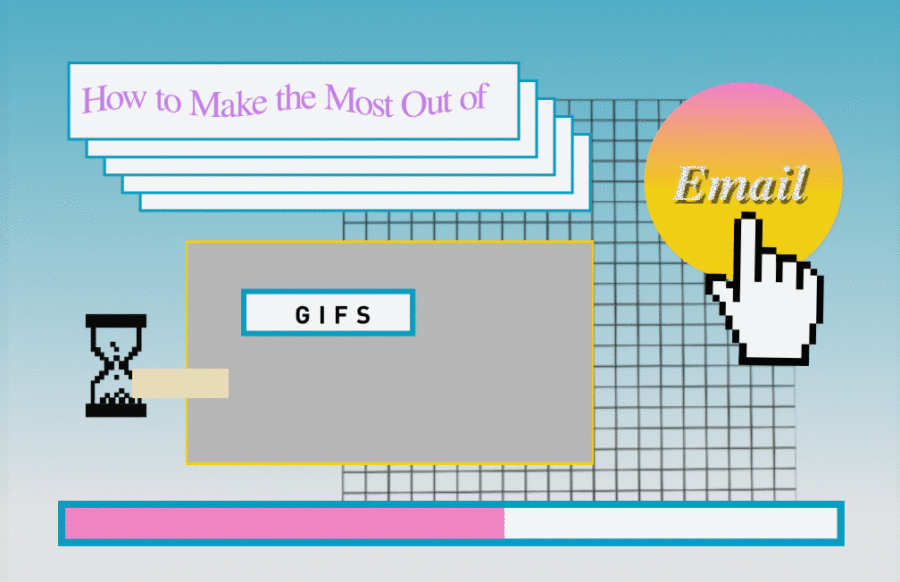
It seems like animated GIFs are everywhere these days. In blog posts, on social media, in text messages from your friends—it’s a GIF-y world out there. And they’re becoming increasingly popular in email, too.
We’re big fans of GIFs in a show-don’t-tell sorta way, but they’re also great for conveying complex emotions and filling the void that is a general lack of video support in email. In a world where eyes are drawn to moving pictures but need information quickly, GIFs are here to provide.
There are a lot of opinions and resources out there on how to GIF in email (including this awesome post from our friends at Litmus). So what’s the best way to use them in your campaigns? We have some ideas:
As a standalone communication
GIFs are being seen as more and more of a legitimate form of communication. In fact, when a reporter asked Google about their entrance into the video game streaming market in 2015, a representative responded with a GIF as the company’s official statement. Whether you want to express frustration, excitement, or how badly you need a cup of coffee, there’s a reaction GIF for any situation.
To explain a concept visually/draw attention to key information
An email packed with info may cause readers to skim and overlook important details. Use GIFs to make pieces of information stand out—or to help explain concepts. When we redesigned MailChimp’s dashboard in 2013, for example, we used several GIFs in an email to show the changes to our users. Breaking up this information with short, digestible visuals helped our users understand the concepts and get them used to the new dashboard without spending a ton of time reading.
As an alternative to video
Most email clients don’t offer great support for video. Currently, videos only render in Apple Mail, Thunderbird, iOS10’s native client, and Samsung Galaxy’s native client. On top of poor support, video files can be huge and slow to load if subscribers are using a poor connection, which can disengage the viewer. Making subscribers download large files isn’t a great idea, either, because it can send users over their data plans if they’re not on WiFi. That’s where GIFs come in: They can be used as an alternative to provide short previews of your video content that then link to the full video. Spark did this in a campaign showing off their smartwatch functionality:
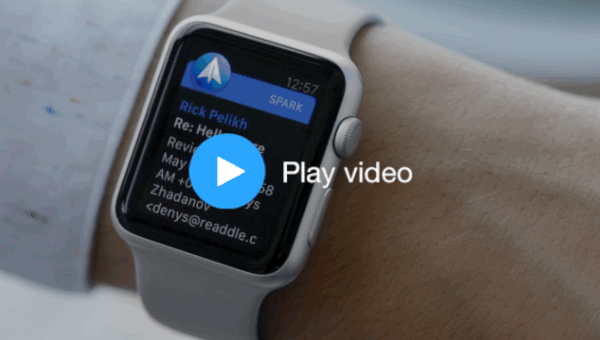
If you’re looking for a pre-made GIF to suit your emails needs, or simply want to make one yourself, it’s easy! Check out our blog post about the MailChimp Giphy collection for a great place to start browsing reaction GIFs—and tips for making your own.
So, you’re about to use a GIF in a newsletter
Select the first frame: In general, animated GIFs have pretty awesome support. They work well in all webmail clients and in most desktop and mobile email clients with the biggest exceptions being Microsoft Outlook 2007-2013. GIFs in these versions of Outlook will display the first frame as an image rather than animating it (not the end of the world but less ideal).
Since subscribers using those versions of Outlook will only see the first frame of your GIF, be sure to make it count! If your GIF loops indefinitely, it can start on any frame and still make sense to the reader as it loops. But if it has an all-black frame like the example below, for instance, you’ll need to choose a frame that still conveys the message of your GIF even without movement. There are a few ways to choose the order of your frames in a GIF, and while there’s not a standard how-to, Photoshop and Giphy offer some helpful resources.
Take the Nordstrom’s campaign below: “ANNOUNCING” sits in the header of the email and acts like three neon signs lighting up.
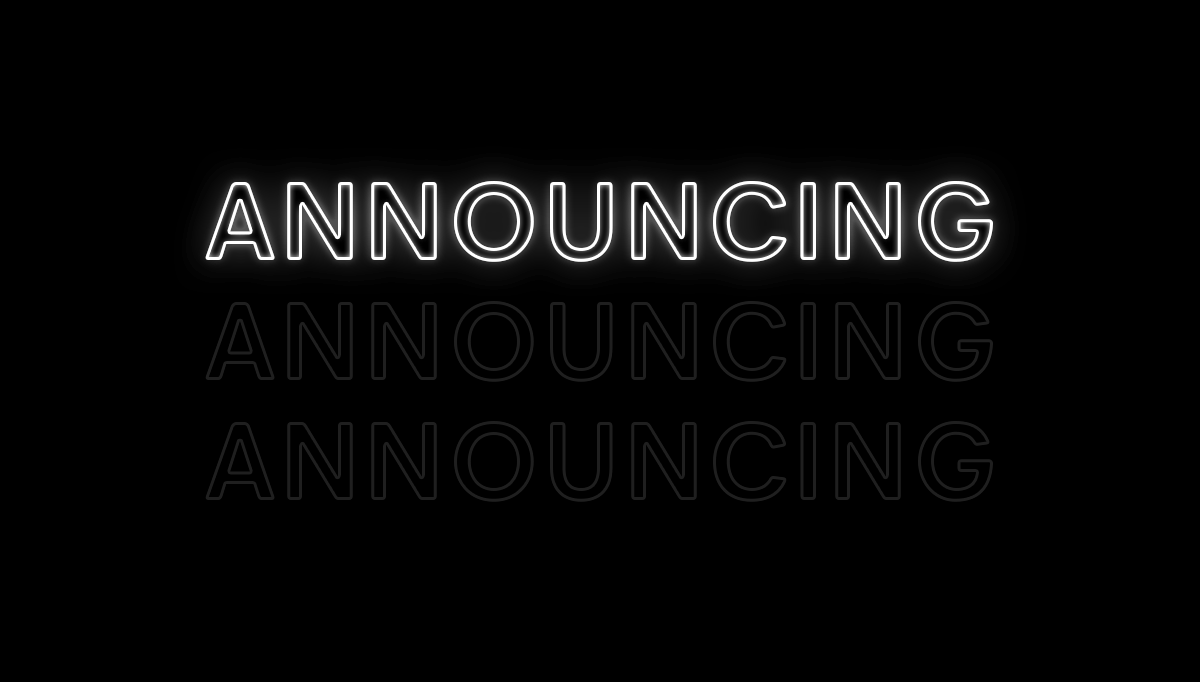
For the first frame, Nordstrom selected an image that said “Announcing.” If Nordstrom hadn’t considered how the email would appear in places where GIFs aren’t supported, they could have ended up in an awkward situation where the all-black image appeared, completely losing all of its context.
Consider weight: GIFs are made of many frames, so they can be large and bulky and bog down your subscriber’s inboxes just like video. To change the size or quality of your GIF, try a third-party tool like ImageOptim, which can reduce the strain of downloading email images for your subscribers.
A little restraint goes a long way: Too many GIFs can make your email look like a ‘90s webpage or an AIM away message. As fun as it is to relive the glory days of MySpace and GeoCities (RIP), a super busy email can turn off your reader. With GIFs, less is definitely more. Always keep purpose in mind when making GIF selections, and that should help ensure that you don’t overwhelm your subscribers.
TL;DR: GIFs have the ability to make or break your campaigns. One or 2 of them can spruce up an email or serve as a good alternative to video, but they should be used wisely. Keep your GIF choices intentional, stay mindful of their size, and make sure the first frame could stand alone as its own image if needed.
Follow these simple guidelines, and email GIF—oh, and that’s with a hard “g,” by the way, sorry/not sorry— success can be yours. Your readers will appreciate it.
Original article written by Lara >
- Sale
Connect 365/7/24 Hourly Support
Original price was: $120.00.$99.00Current price is: $99.00. - Sale
Connect Auto-Pilot for WordPress Content Management
Original price was: $599.00.$499.00Current price is: $499.00. - Sale
%22%20transform%3D%22translate(1.8%201.8)%20scale(3.63281)%22%20fill-opacity%3D%22.5%22%3E%3Cpath%20fill%3D%22%23c2ffee%22%20d%3D%22M204.4%20130.6l1.2%2072-158%202.8-1.2-72z%22%2F%3E%3Cellipse%20fill%3D%22%23c4ffef%22%20cx%3D%22122%22%20cy%3D%2272%22%20rx%3D%2283%22%20ry%3D%2235%22%2F%3E%3Cellipse%20fill%3D%22%23beffea%22%20cx%3D%2265%22%20cy%3D%22126%22%20rx%3D%2235%22%20ry%3D%2256%22%2F%3E%3Cellipse%20fill%3D%22%2388ccb5%22%20rx%3D%221%22%20ry%3D%221%22%20transform%3D%22matrix(51.92988%20-137.38378%2059.61857%2022.5353%20255%20209.3)%22%2F%3E%3C%2Fg%3E%3C%2Fsvg%3E) Select options This product has multiple variants. The options may be chosen on the product page
Select options This product has multiple variants. The options may be chosen on the product pageConnect WordPress Maintenance Plans
$99.00 – $224.00

